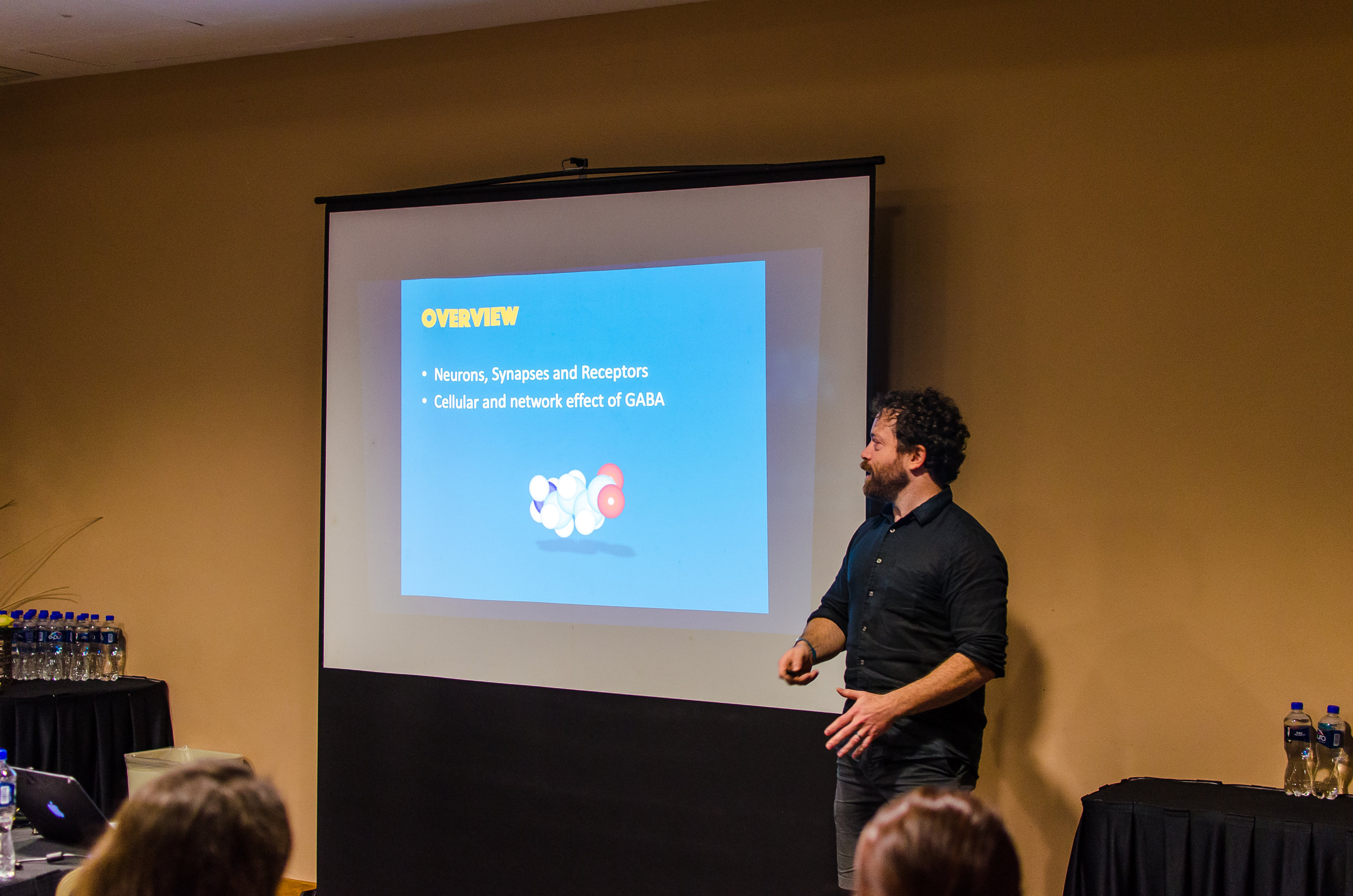We are delighted to announce that the 5th (!) International Symposium on MRS of GABA will be held from November 18-20, 2019 in Park City, Utah. More details will be posted here as they emerge (and keep an eye on https://sites.google.com/site/gabamrssymposium/ ).
In keeping with previous symposia, the meeting will include sessions of submitted abstracts, round table discussions and plenty of time to meet new collaborators. Topics covered will include methodological developments and applications of MRS of GABA, as well as other advanced MRS methods.





































